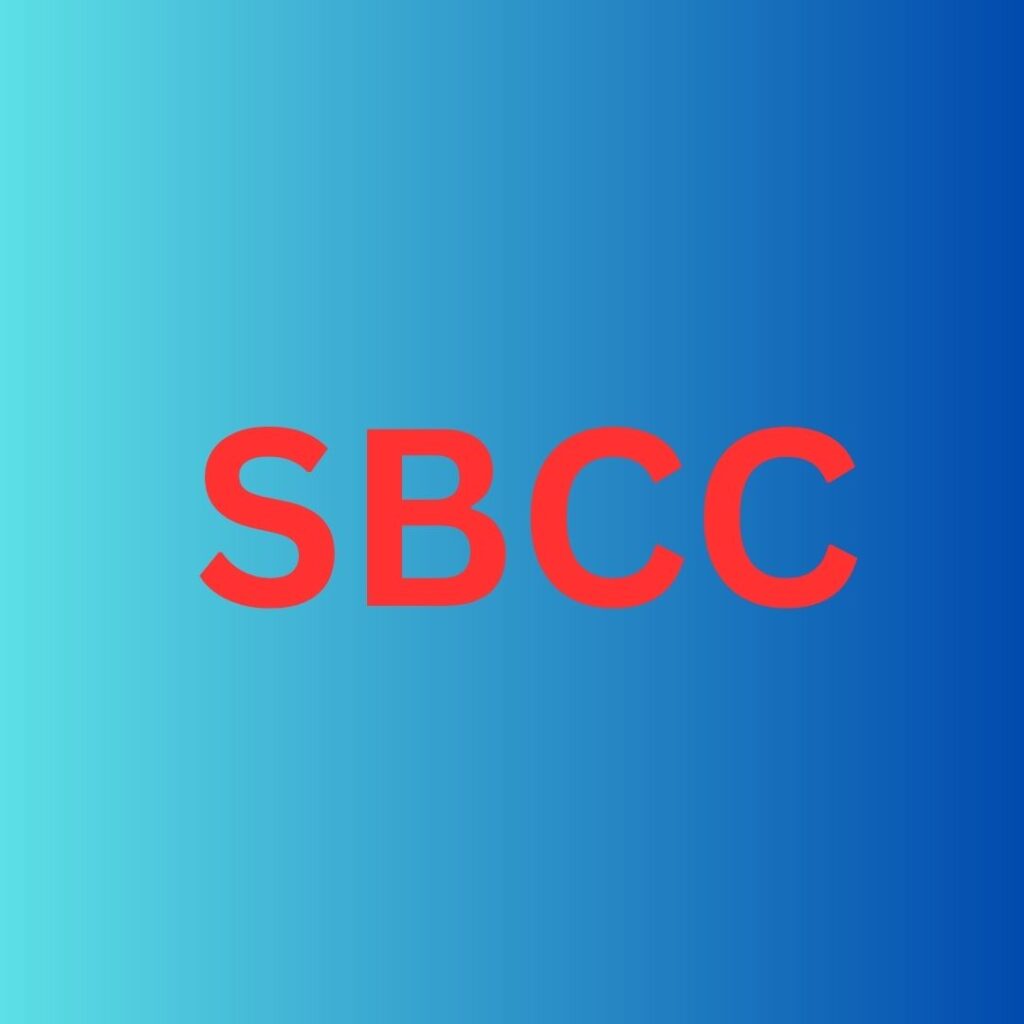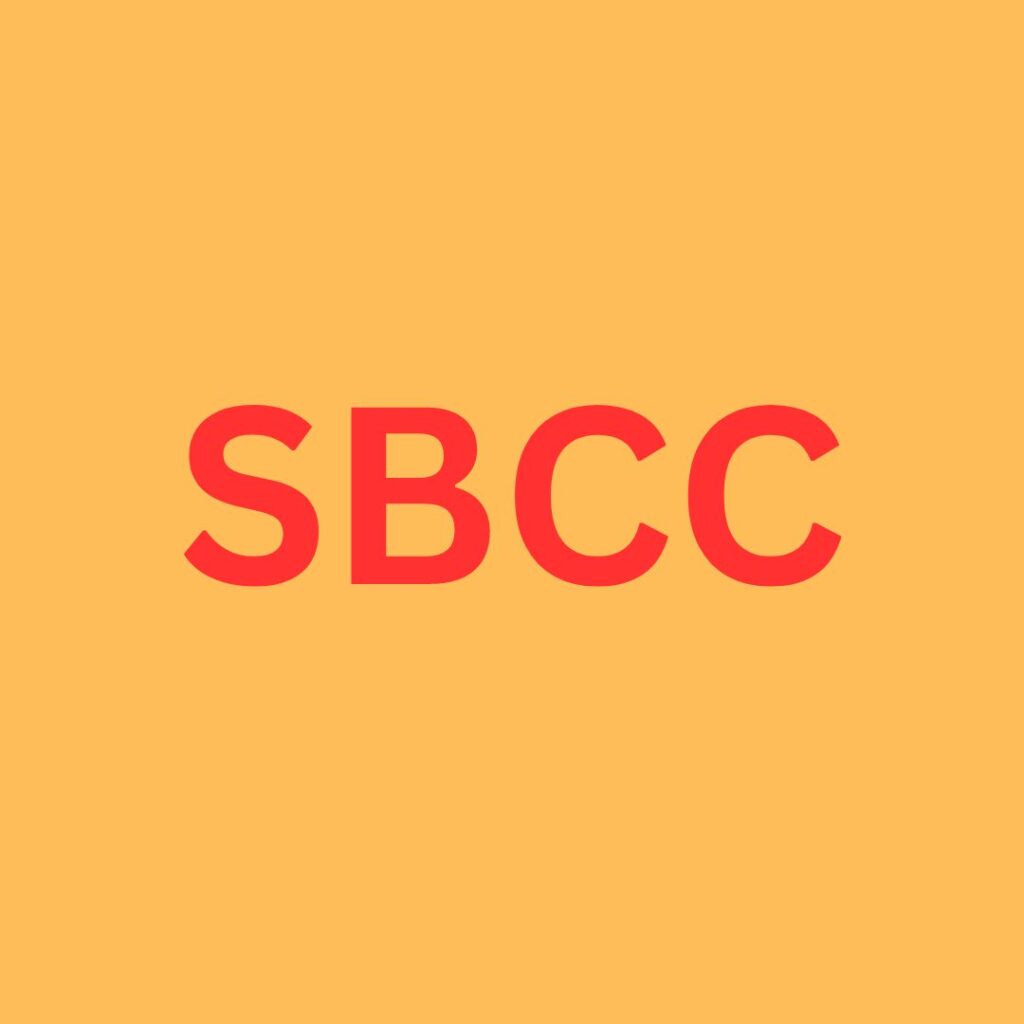
Social and behavioral change communication (SBCC) refers to the strategic use of communication techniques to promote positive changes in people’s behaviors, attitudes, and beliefs. It aims to facilitate the adoption of healthier and more productive behaviors, as well as the abandonment of harmful practices. SBCC involves creating awareness, fostering knowledge, and influencing social norms through targeted messaging and interactive platforms. It is commonly used in public health campaigns, development programs, and initiatives addressing various issues such as health, education, gender equality, and environmental sustainability.
What is SBCC ? Characteristics

SBCC, which stands for Social and Behavior Change Communication, is an approach used to promote positive behavior change in individuals and communities. Here are some key characteristics of SBCC:
- Audience-Centered: SBCC focuses on understanding the target audience’s needs, beliefs, and values. It tailors communication strategies to resonate with their specific context, culture, and preferences.
- Behavior-Oriented: SBCC aims to influence behavior change by addressing key determinants of behavior, such as knowledge, attitudes, norms, and self-efficacy. It identifies desired behaviors and develops communication strategies to encourage their adoption.
- Evidence-Based: SBCC employs a systematic and data-driven approach. It relies on research and formative assessments to understand the social and behavioral factors influencing a particular issue and to inform the design and evaluation of communication interventions.
- Interactive and Participatory: SBCC encourages dialogue, engagement, and participation among stakeholders. It involves the target audience and key influencers in the development and implementation of communication campaigns to ensure relevance and effectiveness.
- Multi-Channel: SBCC utilizes various communication channels and platforms to reach the target audience. It leverages a mix of interpersonal communication, mass media, digital platforms, community engagement, and other channels to disseminate messages and promote behavior change.
What is SBCC ? Advantages

SBCC (Social and Behavior Change Communication) offers several advantages in promoting positive behavior change and achieving desired outcomes. Some key advantages of SBCC are:
- Audience Relevance: SBCC emphasizes understanding the target audience’s needs, preferences, and beliefs. By tailoring messages and interventions to the specific context and culture of the audience, SBCC increases the chances of resonating with them and influencing their behavior positively.
- Effective Behavior Change: SBCC addresses the underlying determinants of behavior, such as knowledge, attitudes, and social norms. By targeting these factors, SBCC has the potential to bring about sustainable and meaningful behavior change among individuals and communities.
- Empowerment and Ownership: SBCC encourages active participation and engagement of the target audience in the design and implementation of communication campaigns. This involvement fosters a sense of ownership, empowerment, and increased likelihood of adopting and sustaining behavior change.
- Scalability and Reach: SBCC employs a multi-channel approach, utilizing various communication channels and platforms to disseminate messages. This versatility allows for reaching a wide range of individuals and communities, including those with limited access to traditional media or technology.
- Cost-Effectiveness: SBCC can be a cost-effective approach compared to other interventions. By utilizing existing communication channels and leveraging partnerships, SBCC maximizes the impact of limited resources while achieving behavior change outcomes.
- Sustainability: SBCC recognizes that behavior change is a long-term process. By incorporating monitoring and evaluation mechanisms, SBCC ensures ongoing learning and adaptation to maintain relevance and effectiveness over time
What is SBCC ? Disadvantages

While SBCC (Social and Behavior Change Communication) offers several advantages, there are also some potential disadvantages to consider:
- Time-Intensive: The SBCC process involves conducting formative research, designing interventions, and continuously monitoring and evaluating their effectiveness. This can be time-consuming and may require significant resources and expertise.
- Complexity: SBCC requires a deep understanding of the target audience, their social and cultural context, and the factors influencing their behavior. Developing effective messages and interventions that address these complexities can be challenging.
- Limited Reach: While SBCC utilizes a multi-channel approach, reaching certain populations, particularly those in remote or marginalized areas with limited access to communication channels, can be challenging. This may result in a limited reach and potential inequities in the dissemination of information.
- Behavior Sustainability: While SBCC aims to promote behavior change, sustaining the desired behaviors in the long term can be difficult. External factors, such as changes in the social environment or lack of continued reinforcement, may impact the sustainability of behavior change efforts.
- Behavior Measurement: Measuring behavior change and assessing the impact of SBCC interventions can be complex. Behavior change is often influenced by multiple factors, making it challenging to attribute changes solely to communication efforts








